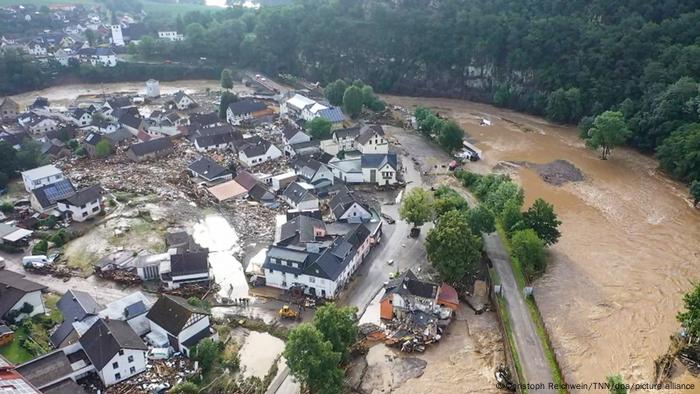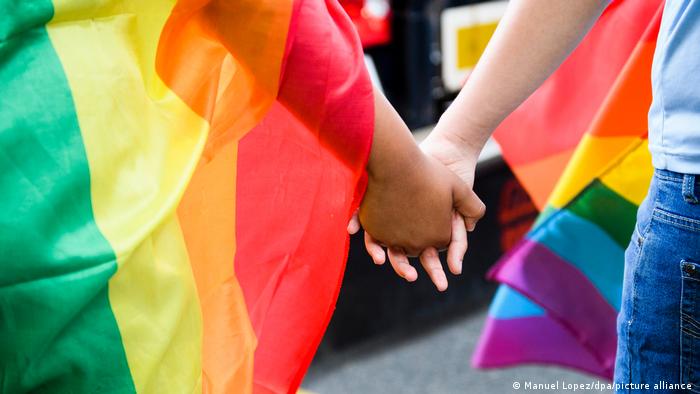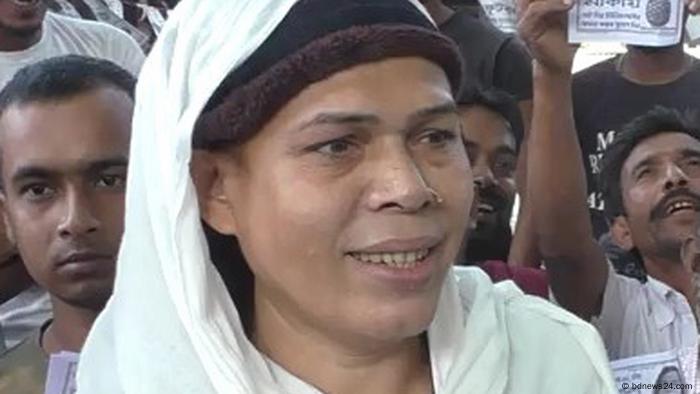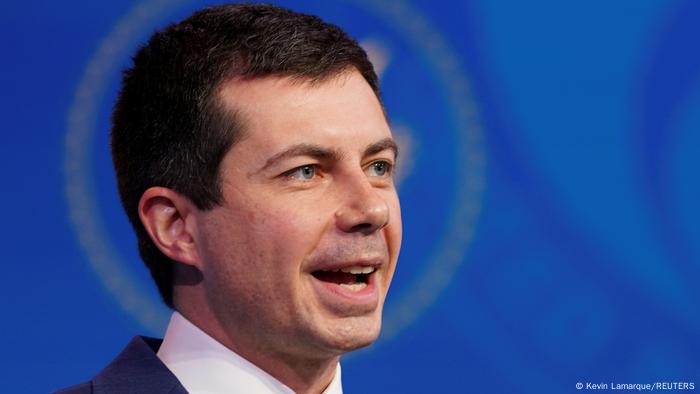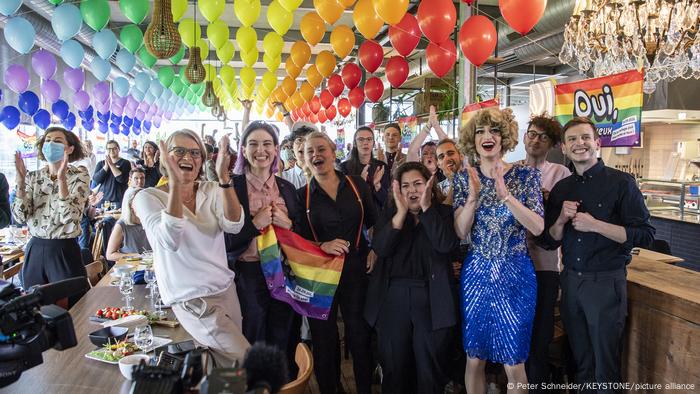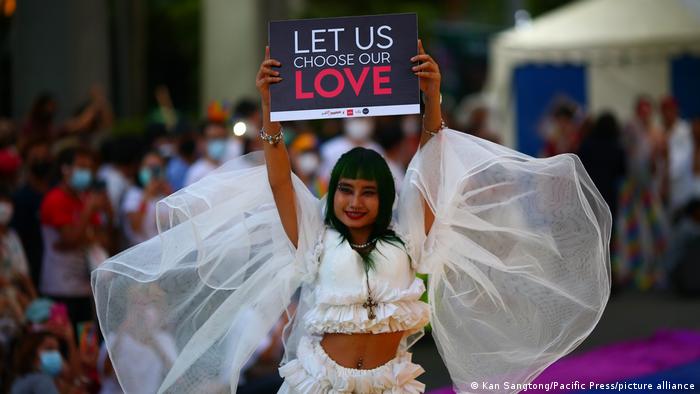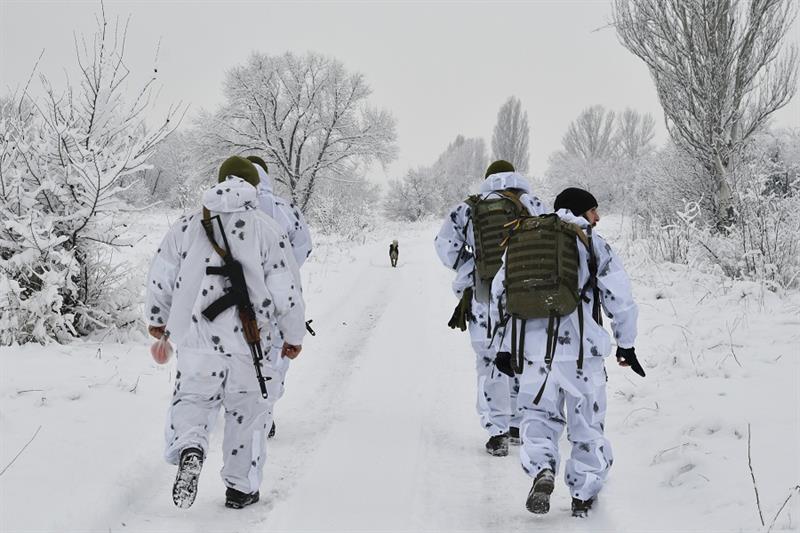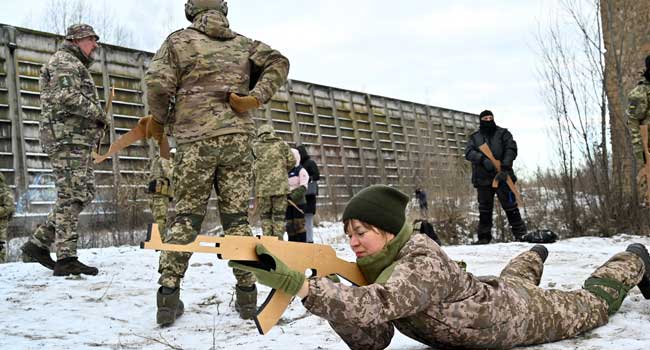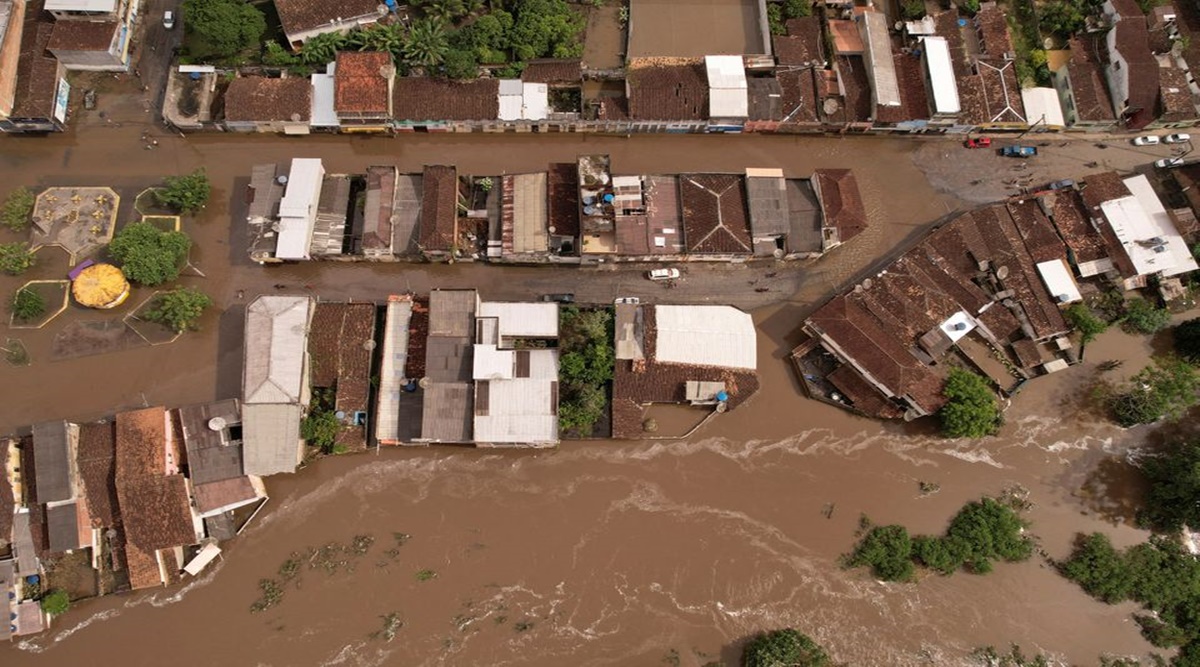Natural disasters mean record year for German insurance payouts
The year 2021 was the most expensive for natural disasters in Germany's recorded history, at least in terms of the insurance payout. It follows an international trend of worsening disasters.
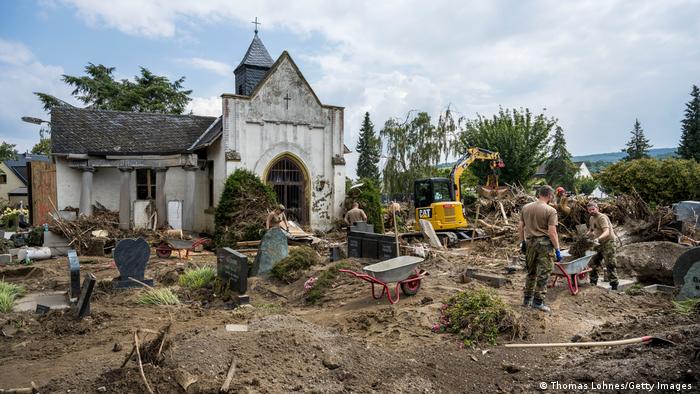
Floods devastated Germany's Ahr Valley in June
German insurers paid out record sums in 2021 after high losses incurred by natural disasters, an industry group announced on Monday.
The cost of floods, storms and other disasters led to payouts of about €12.5 billion ($14.2 billion) for insured houses, household goods, businesses and motor vehicles, according to the German Insurance Association (GDV).
The bulk of that figure (€8.2 billion) came from the July floods that devastated areas of Rhineland-Palatinate and North Rhine-Westphalia and killed more than 180 people. The floods triggered a discussion about compulsory insurance for natural hazards, as well as restrictions on building in flood-prone areas.
Watch video12:31 Germany's flood-hit areas brace for winter
Severe hailstorms in June also caused millions of euros in damage, particularly to vehicles.
These made 2021 "the most expensive natural hazard year since statistics began in the early 1970s," GDV CEO Jörg Asmussen said.
The 2021 payouts even came ahead of 2002, when August floods and devastating storms contributed to an annual total of €11.3 billion in payouts.
According to the German insurance industry, the long-term average is €3.8 billion per year.
MASS DESTRUCTION AS FLOODS SWEEP ACROSS WESTERN GERMANY
Houses collapsed, people trapped on roofs
Heavy rainfalls and storms pounded Germany’s western states and caused rivers to burst their banks, inundating towns and villages. Torrential overflow swept away vehicles, destroyed roads and bridges and reduced some houses to rubble. Some survivors were trapped on their rooftops for hours before they were airlifted by helicopters.
1234567
Climate change worsening disasters
Thanks to climate change, researchers expect losses from floods, hail or severe storms to increase in countries such as Germany in the coming years.
Insurance giant Swiss Re estimated earlier this month that natural disasters had caused $105 billion in damages globally, with hurricane Ida in the US costing $30-32 billion.
Also on Monday, UK charity Christian Aid estimated that the 10 most expensive weather disasters caused more than $170 billion in damages in 2021 — $20 billion more than in 2020.
In its annual assessment, it said the 10 events were worsened by man-made climate change and together killed at least 1,075 people and displaced 1.3 million.
The most expensive events included Hurricane Ida, flooding in Germany and Belgium (which it estimated at $43 billion in losses), winter storms in Texas, flooding in China's Henan province, flooding in Canada, late spring frosts in France and a cyclone in India and Bangladesh.
"The costs of climate change have been grave this year," said Kat Kramer, climate policy lead at Christian Aid.
aw/msh (dpa, AFP, Reuters, AP)

The roof of a nearby building is seen in a street in the French Quarter of New Orleans, La., on August 30 after Hurricane Ida.
Dec. 27 (UPI) -- Climate change-related weather events worldwide in 2021 caused billions of dollars in damage, according to an annual study by a British non-government organization published Monday.
In the report, titled "Counting the cost 2021: a year of climate breakdown," Christian Aid said that 10 weather events this year -- ranging from Hurricane Ida in the United States, flooding in Europe and Asia and droughts in Latin America -- killed more than 1,000 people and displaced about 1.3 million.
Hurricane Ida, the Category 4 storm that hit the Louisiana coast and later caused deadly tornadoes and flooding in the Northeast, caused $65 billion in damage along, according to the report.
Severe flooding in Europe, which killed more than 40 people in Germany in July, caused some $43 billion in losses.
The report said that China's Henan province saw $17.5 billion in damage from flooding and displaced more than one million residents.

Flooding is seen in Erftstadt-Blessem, Germany, on July 16 after major thunderstorms in the western German states of North Rhine-Westphalia and Rhineland-Palatinate.
The study noted that Brazil, Argentina and Paraguay saw the critical Parana River reach its lowest level in 77 years because of drought, which inflicted damage to the nations' economies.
"This is a powerful and important report. It is eye-opening to have these climate impact stories of 2021 collected together and the estimates for cost of lives, livelihoods and community, which is irreversibly altered when people are displaced," Heidi Steltzer, professor of environment, sustainability and biology at Fort Lewis College in Colorado, said in a statement.
"Climate change will bankrupt us, and along the way, we will lose so much more than money," added activist Rachel Mander, a member of the Young Christian Climate Network.
"To avoid this eventuality we need to take courageous action -- making sure that the burden of costs are distributed and do not worsen global inequality, while also making activities which drive climate change more expensive."

A man walks past a giant live oak tree that was blown over in the Mid-City area of New Orleans, La., during Hurricane Ida on August 31.
